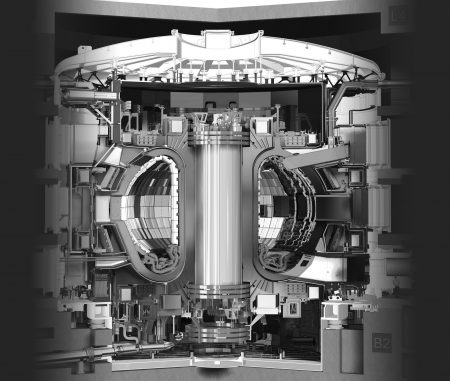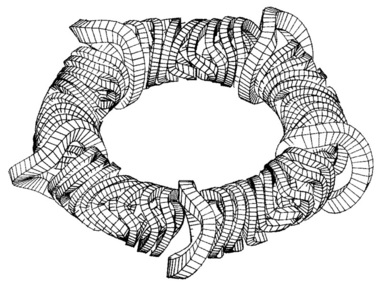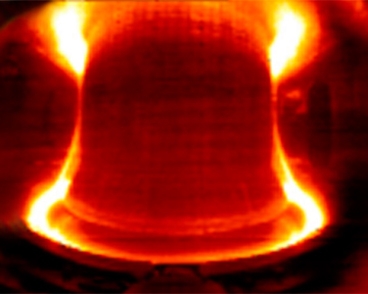September 7, 2017 – Back in July I read an article by Edwin Cartlidge on the BBC.com news site. It was called “Fusion energy pushed back beyond 2050.” In it, Cartlidge states that we won’t have fusion reactors in commercial operation until after 2050 based on a roadmap drawn by scientists and engineers at EUROfusion. Why?
The Ever Increasingly Expensive ITER Project
Europe is home to ITER, the reactor that is one of the test beds for commercial fusion energy. ITER is a design where a vessel, called a tokamak, is designed to contain an enormous magnetic field that traps hot plasma in a continuous state to produce a controlled fusion reaction. ITER has proven to be very expensive to build and its start up has been delayed many times. The current best guess date for the reactor start up is 2025. ITER’s goal is to achieve a 10-times increase in energy output over input. If successful, EUROfusion hopes to then build a commercail version called DEMO, a smaller reactor capable of generating several hundred megawatts of electricity. But the road from ITER to DEMO remains a long one according to Cartlidge. The ITER project will only run for minutes at a time. DEMO will have to run continuously. The design is not there yet. Hence long timelines between the test and commercial product.

Stellarator May Win the Fusion Reactor Race
ITER isn’t the only fusion reactor in the race. A different design called a stellarator has been built and tested in Germany. It is the Wendelstein 7-X (W7-X) and is not a tokamak. More a cross between donut and Mobius band, W7-X is smaller. And rather than creating a single steady-state plasma, it produces many smaller ones using a number of magnetic fields generated by the ring. It doesn’t have ITER’s symmetry but in performance appears to be on a faster track to achieve sustained commercial fusion. W7-X began operation in December of 2015 with experiments continuing to March of the following year before operators decided upgrades were in order to increase energy output. Those upgrades are now done and the fusion reactor, a cross between a donut and a Mobius band, appears to confine plasma and hold better than ITER.
W7-X began operation in December of 2015 with experiments continuing to March of the following year before operators decided upgrades were in order to increase energy output. Those upgrades are now done and the fusion reactor appears to confine plasma and hold with few discernible issues.
So W7-X may change Cartlidge’s pessimistic forecast.

MIT’s Alcator C-Mod Gets a Fuel Boost
But wait, another breakthrough may speed commercial fusion’s onset. Work being done at MIT, with assistance from laboratories in Brussels and the UK, have almost by accident discovered a new nuclear fusion fuel that appears to be containable in either tokamak or stellarator designs.
MIT is using its own tokamak in experiments called the Alcator C-Mod. It is purely a passive machine so not intended for commercial production. In September 2016, using the Alcator in a fusion experiment, researchers discovered that adding trace amounts of helium-3 to the normal fuel of 95% deuterium ions and 5% hydrogen, produced energy output increases of 1,000%. This would have been hard to discover in the much larger ITER or W7-X because the amount of helium-3 is minute. The “three ion” fuel discovery was published on June 19, 2017, in an issue of Nature Physics.
It should be interesting to see results when the fuel gets introduced into ITER and W7-X. With a potential of a 1,000% energy output boost, this enhanced fuel may speed up commercial fusion’s launch date to 2030 rather than after 2050.
And it should be noted, that going back to the Moon to mine its resources now may make even more sense than ever since helium-3, only available in small quantities here on Earth, has been detected in significant amounts lying right on the lunar surface.









